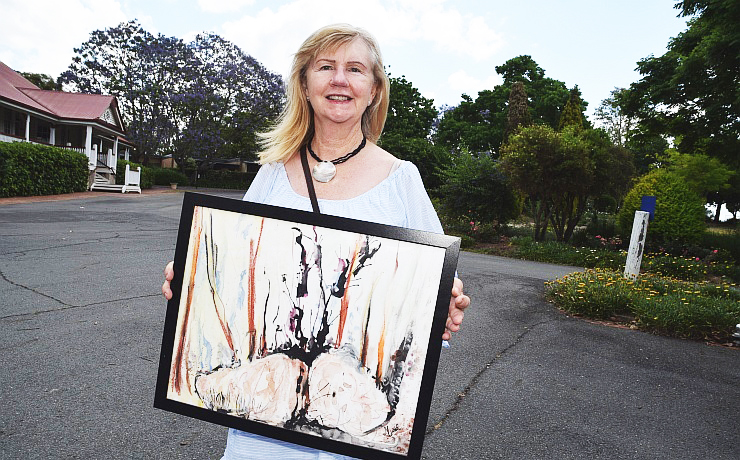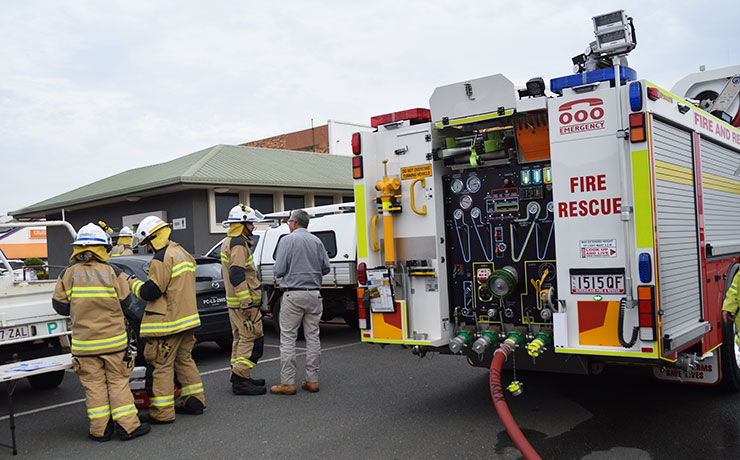May 30, 2019
There’s little good news for South Burnett farmers hoping for rain over the next few months.
The Bureau of Meteorology’s winter outlook, released on Thursday, predicts the next three months are likely to be warmer and drier than average for large parts of the nation with below average rainfall for eastern Australia.
Forecaster Dr Andrew Watkins said climate models showed June rainfall was likely to be below average in southern Queensland as well as NSW, Victoria, eastern South Australia and southern parts of the Northern Territory,.
“Drier than average conditions typically mean more cloud-free nights, which increases the risk of frost in susceptible areas,” he said.
Dr Watkins said temperatures across the rest of winter were very likely to be warmer than average.
“Our climate outlook shows most States and territories have large areas where chances are greater than 80 per cent for warmer than average days,” he said.
“Winter nights are very likely to be warmer than average in Tasmania, along the mainland’s southeast coast, and northern WA stretching through parts of the NT.”
The Bureau’s ENSO Outlook is currently at El Niño Watch, meaning the likelihood of El Niño developing in 2019 is around 50 per cent – or double the normal risk for this time of year.
El Niño events typically mean reduced rainfall for eastern Australia during winter-spring.
Significantly, models predict a positive Indian Ocean Dipole will develop in June, and persist through winter and into spring. This would typically bring below average winter-spring rainfall and snowfall to southern and central Australia, and warmer temperatures to much of the country.
“This certainly doesn’t mean we will have no rainfall over winter – it is the southern wet season after all – but it does support the model outlook for a drier than average winter, with the possibility of more evaporation than normal,” Dr Watkins said.
The Bureau’s autumn summaries will be released on June 3 but preliminary figures suggest autumn 2019 is likely to go down as one of Australia’s five warmest autumns on record.
Daytime temperatures have been much warmer to very much warmer than average for much of Australia.






















